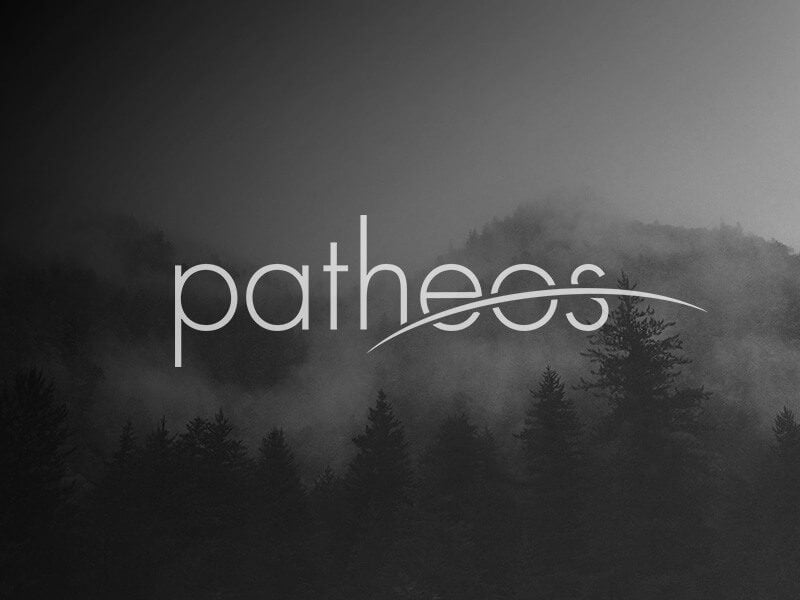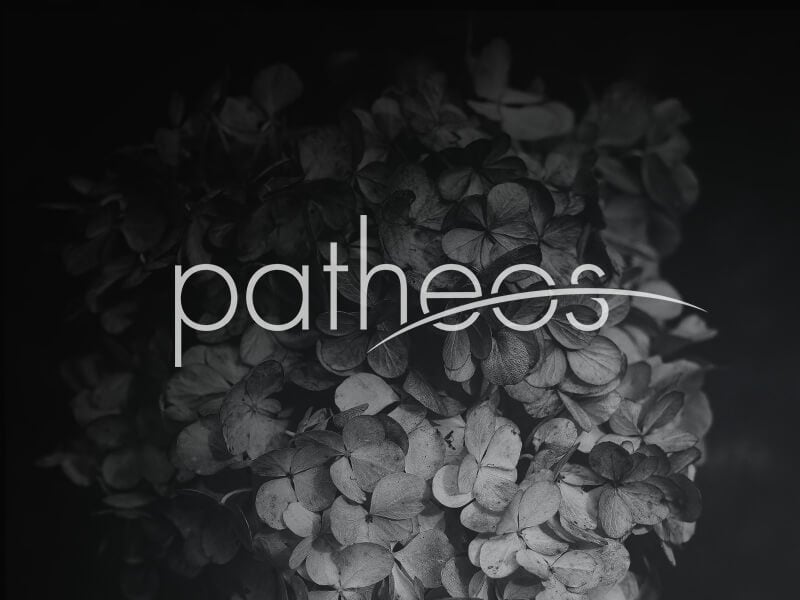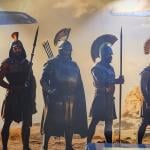The Supper is bread, food for life. The Supper is also wine, a sign of rest and completion, a sign of our inclusion in a new covenant, when priests can drink wine in the presence of God. Why wine? Because Jesus is the true Dionysus, the true God of the vine. The Dionysus of the Greeks offered only wine of death. Mad with the wine of Dionysus, the women of Thebes tore king Pentheus limb from limb, and Pentheus’ mother... Read more
















